PRODUCTS
ESSENTIAL FOR LIFE AND FOR QUALITY OF LIFE
|
|
NEEDED FOR A DECENT QUALITY OF LIFE
|
Food - Vegetables
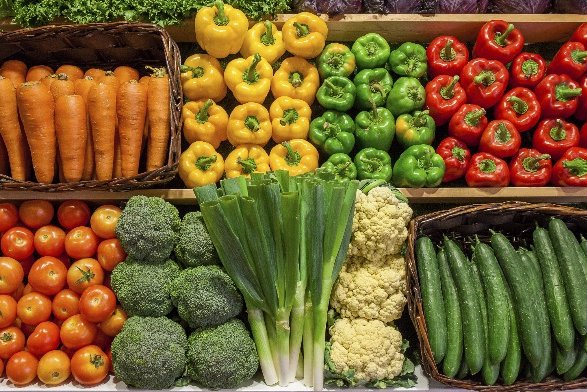
|
Food - Meat
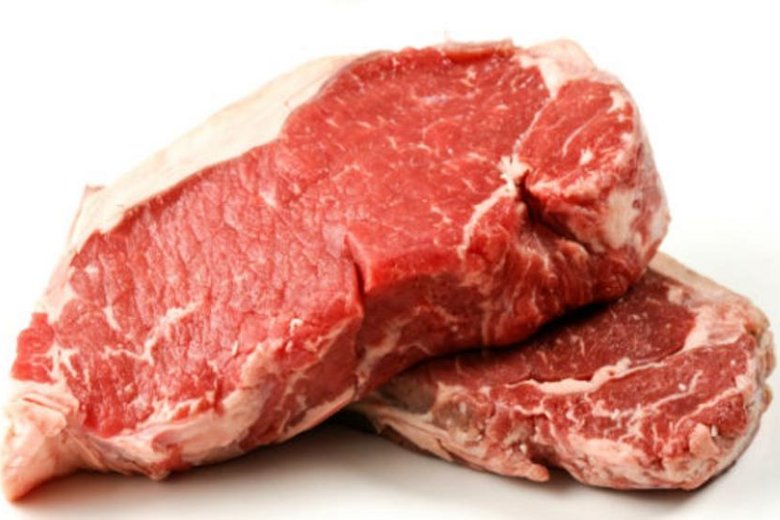
|
Housing
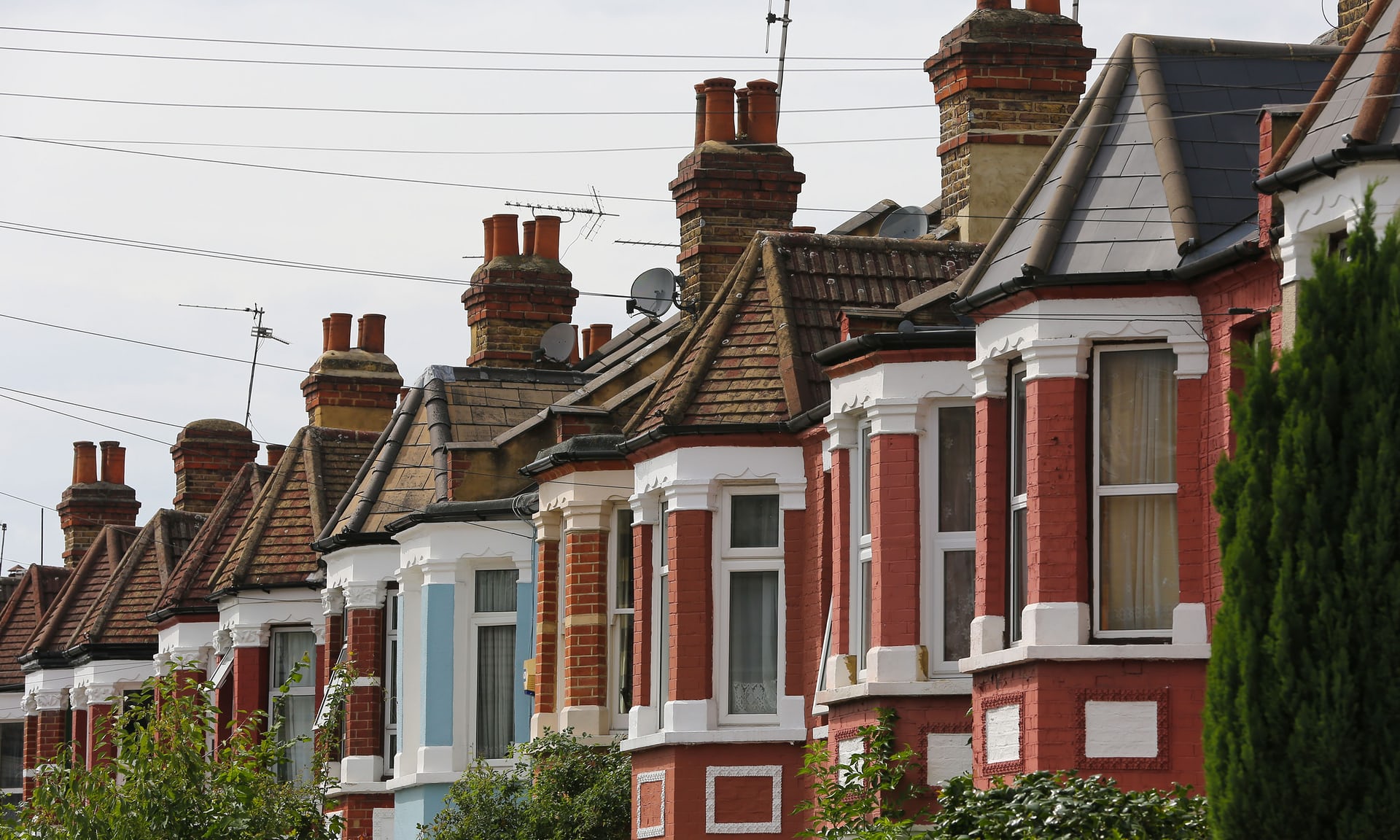
|
Clothes
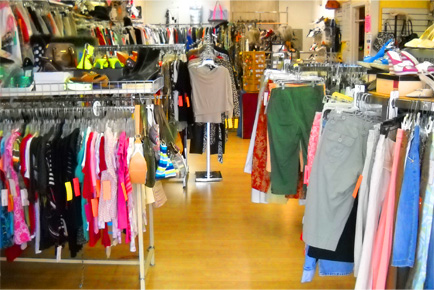
|
Mobility
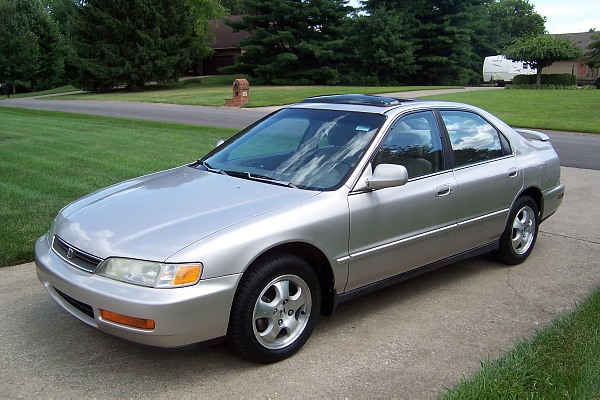
|
Recreation
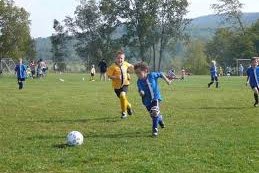
|
|
More consumption correlates to a better quality of life up to a certain level. Beyond that level more consumption may well have negative consequences, as for example too much food may result in obesity and diabetes or worse.
|
|
PRODUCTS START WITH NATURE AND HAVE A LONG LIFE CYCLE
|
NATURE
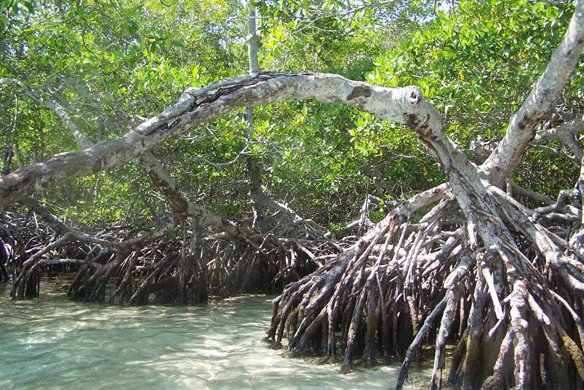
|
SEA
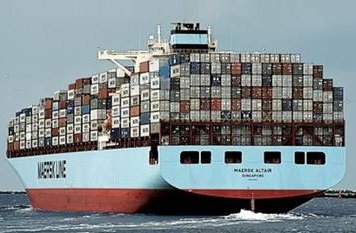
|
STEEL
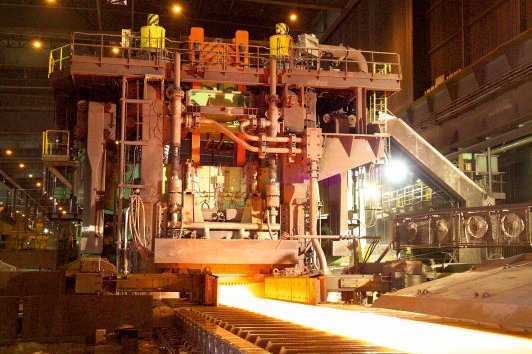
|
EATING
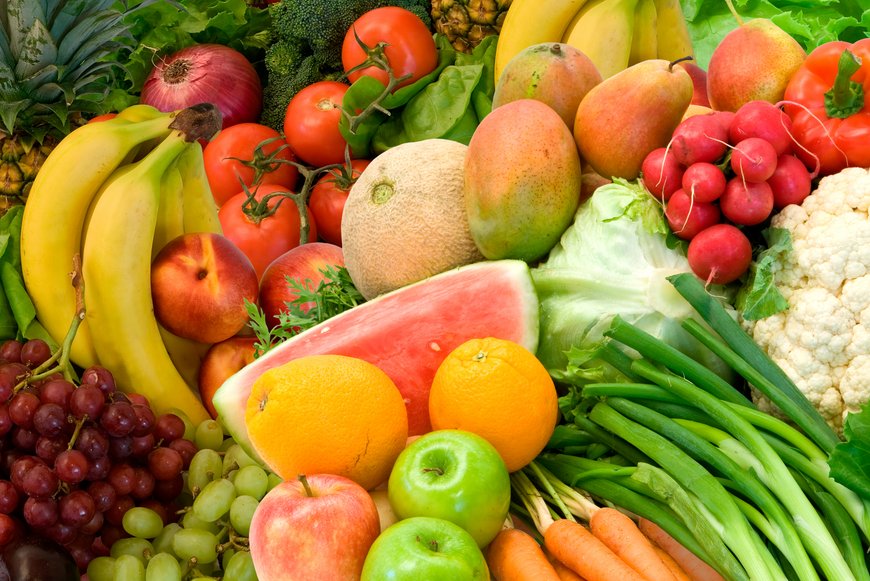
|
WASTE
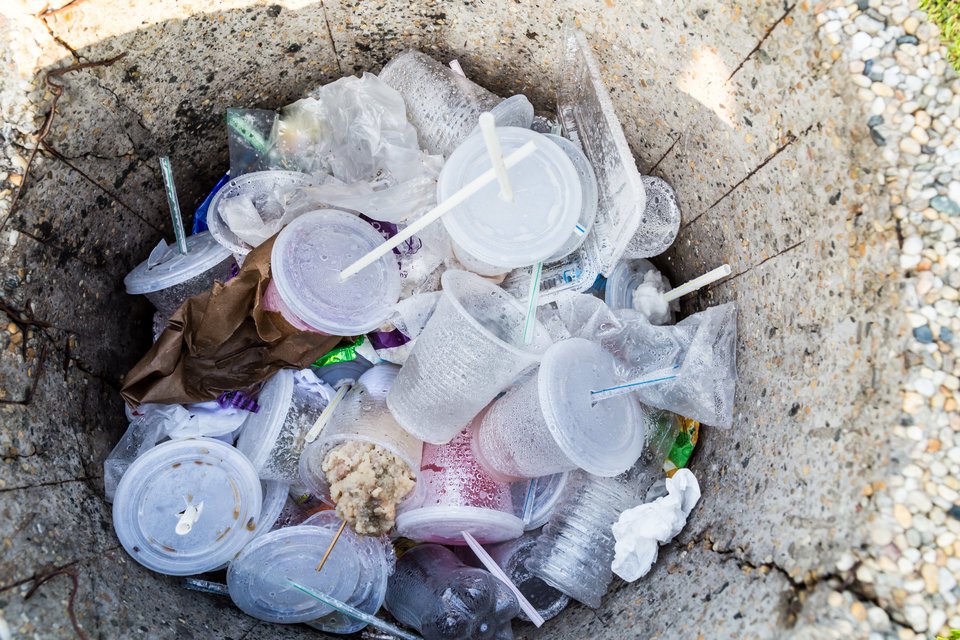
|
RECYCLING
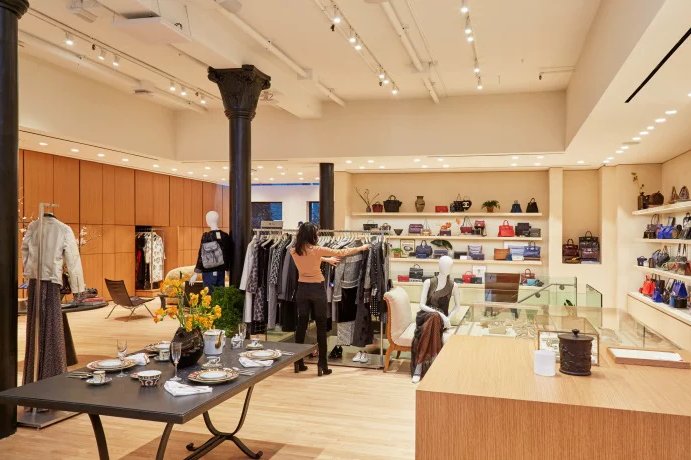
|
NATURE

|
ROAD
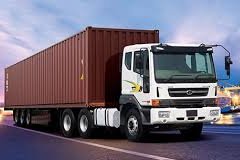
|
REFINING
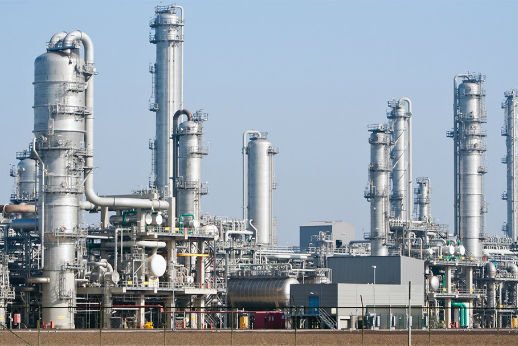
|
CONSUMING
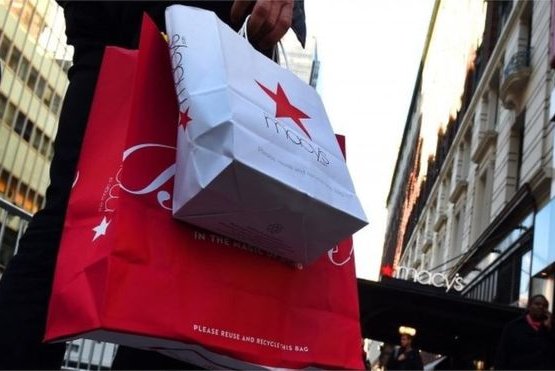
|
LANDFILL
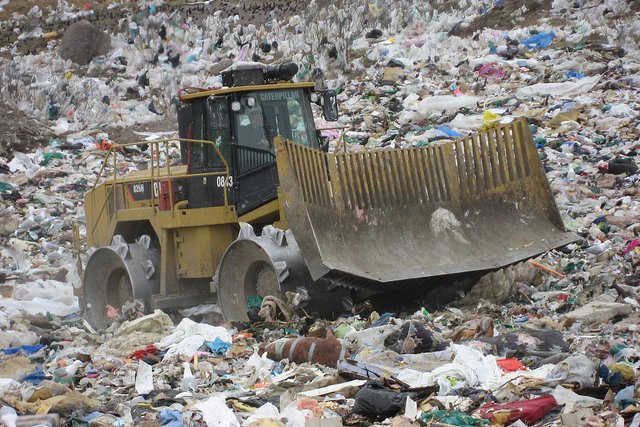
|
RECYCLING

|
EXTRACTION
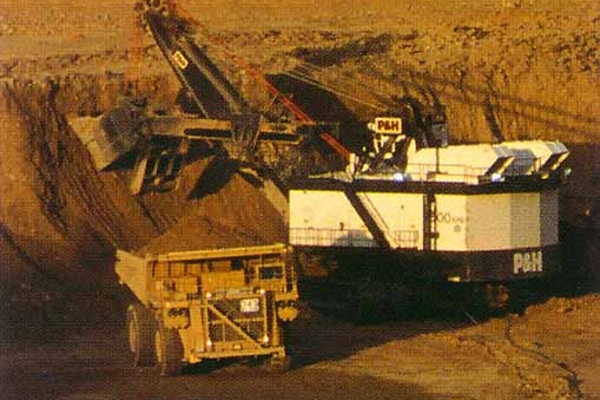
|
RAIL
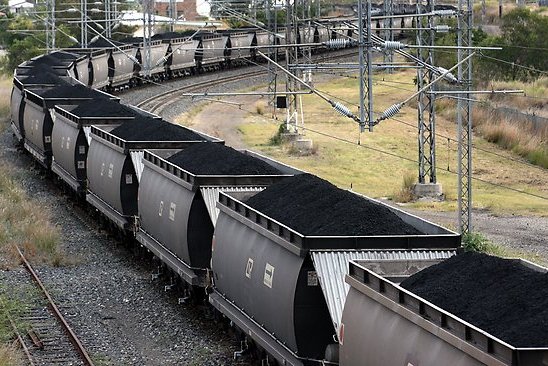
|
POLLUTION
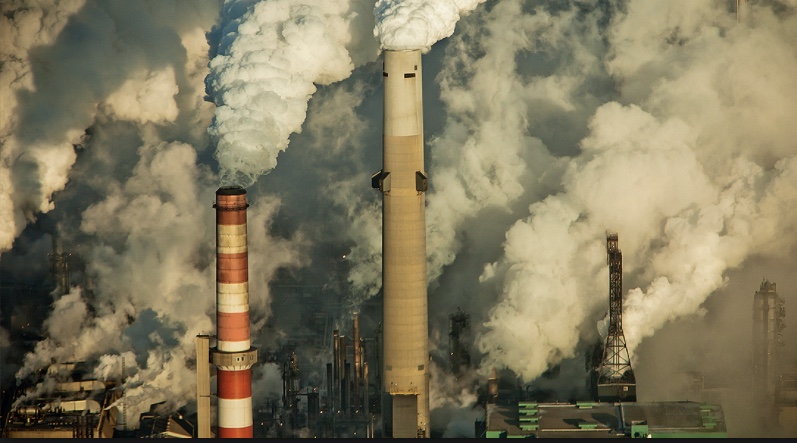
|
DRIVING
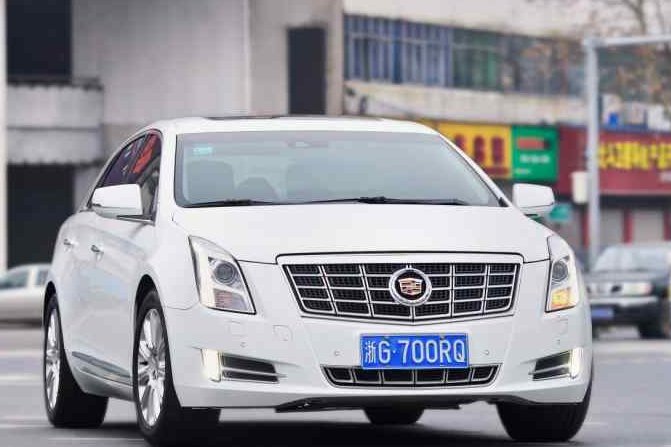
|
FLOODS
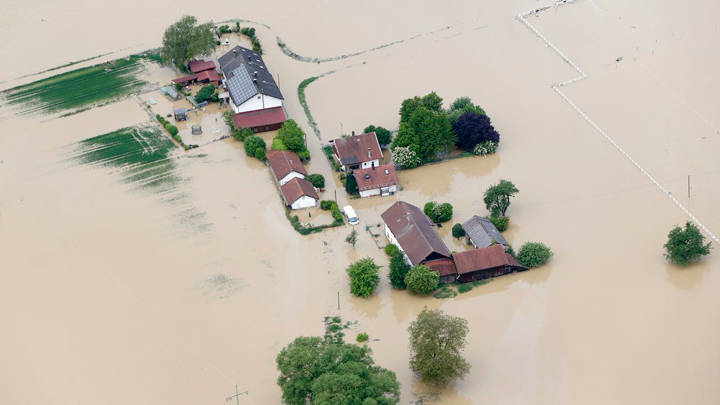
|
NO WASTE
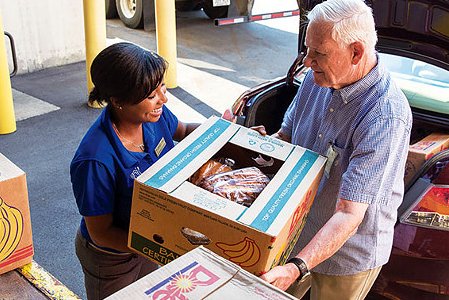
|
Products enable consumption that improves quality of life.
The production of products is a critical economic activity and source of profit for companies.
Production and products are only sustainable if they do not degrade the environment. Most modern industrial process are catastrophically unsustainable.
Smarter processes are needed together with smarter products, smarter consumers and systems to enable a circular economic model.
|
|
NATURE AND NATURAL SYSTEMS ARE FOUNDATIONAL
|
SUN
 NATURE
NATURE

|
NATURE
 BIODIVERSITY
BIODIVERSITY

|
Everything starts with nature ... but the importance of nature is ignored in most of economics, business management and politics. Natural ecosystems make clean water and air, maintain the productivity of soil, stabilize the climate and so much more.
Energy from the sun provides the energy for all sorts of natural production, as well as agrticulture for food production
There are complex networks that link the lifecycles of animals (including fish) and plants and are essential for life to go on season after season.
|
|
ECONOMIC ORGANIZATIONS PRODUCE AN ABUNDANCE OF GOODS
|
FARMING
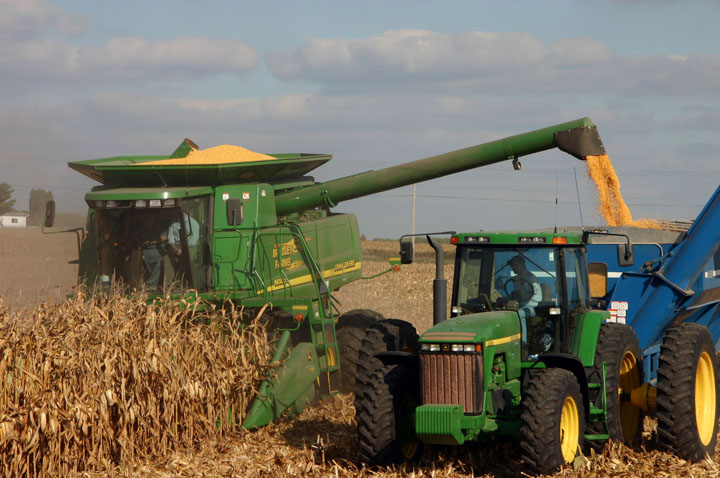 MINING
MINING
 STEEL
STEEL
 SEA
SEA

|
ENERGY
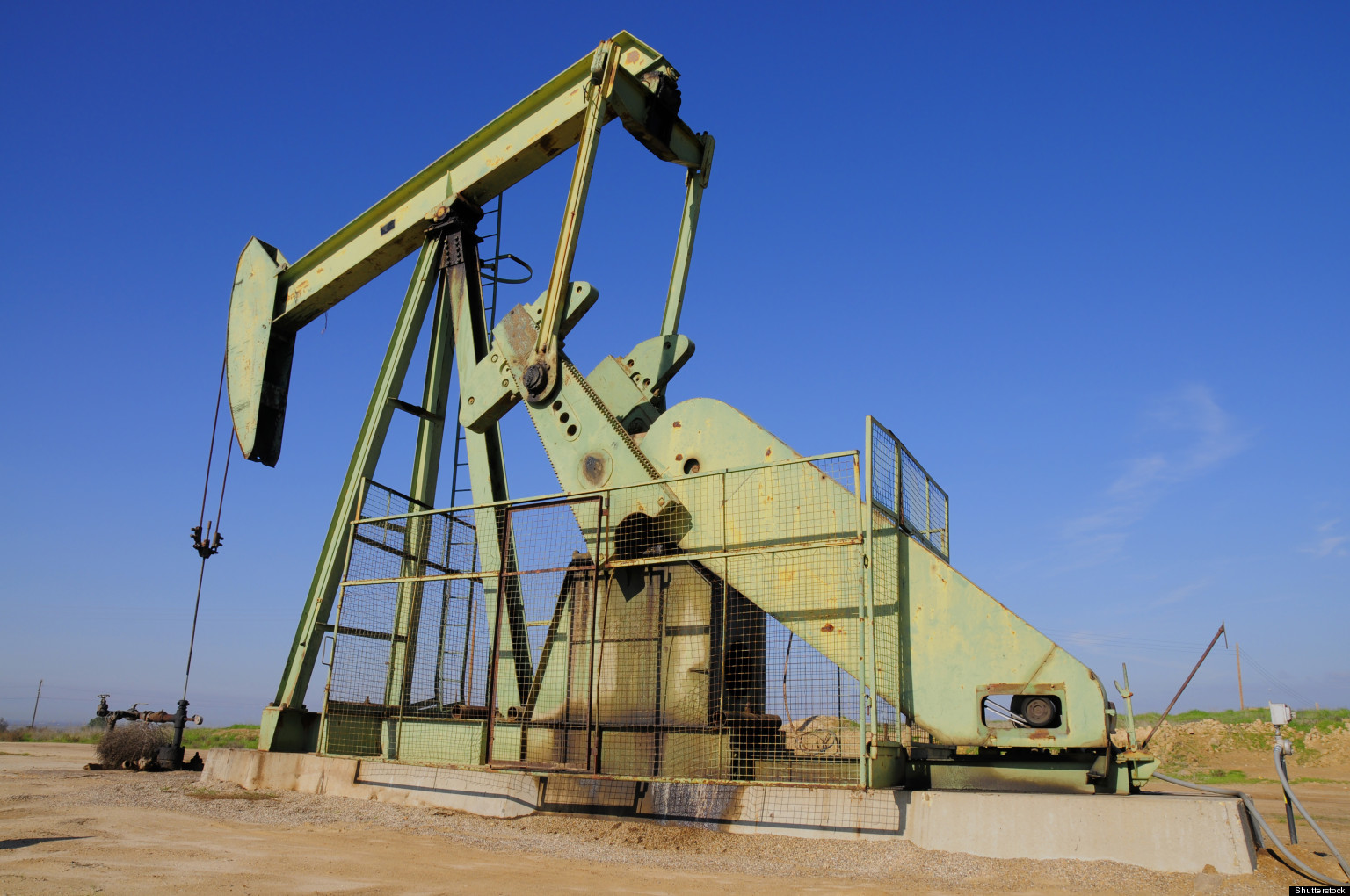 RAIL
RAIL
 REFINING
REFINING
 ROAD
ROAD

|
The scale and complexity of the modern global economy is difficult to comprehend. It has been enabled since the start of the industrial revolution by impressive improvements in technology and this has accelerated over the years.
Customers have very little knowledge about the complete life cycles of the goods and services they buy and use. They know about price, and the messages associated with the product and the brand, but not much more.
Most companies optimize for profit and to generate wealth. Some companies know about the social and environmental impacts ... good and bad ... associated with the supply chains for what they produce and sell, but this information is closely held to the extent that it is known because almost all production is unsustainable into the future.
The flow of goods and services at the present level of economic activity is dangerously unsustainable, and will become more so as countries like India and China become more affluent and consumption increases. It is estimated that if everyone on planet earth had the lifestyle associated with the USA, it would require between 7 and 10 planets to be sustainable.
|
|
THE CONSUMPTION OF PRODUCTS IS CENTRAL TO QUALITY OF LIFE
|
EATING
 MOBILITY
MOBILITY
 HEALTH
HEALTH

|
CONSUMING
 RELAXATION
RELAXATION
 EDUCATION
EDUCATION
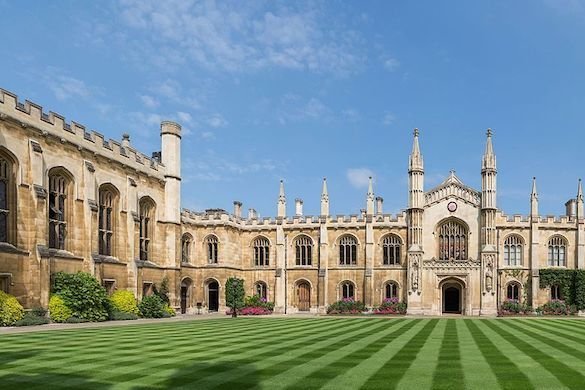
|
In a world of shortage, more is better ... and for most of history this has been the reality, but less so in modern times where productivity enables an abundance of material goods and services. The limiting factor is no longer production but the ability of nature to sustain such production without catastrophic degradation.
Quality of life improves when there is an abundance of goods and services from which to choose ... however too much results in negative impacts like obesity and diabetis.
For companies, more production and more sales results in more profits while at the same time more corporate responsibility results in more costs and less profits. Advertising is mainly about getting more sales, no matter the misinformation.
It is time for better metrics!
|
|
WASTE, INDUSTRIAL DETRITUS AND ENVIRONMENTAL DEGRADATION
|
AIR POLLUTION
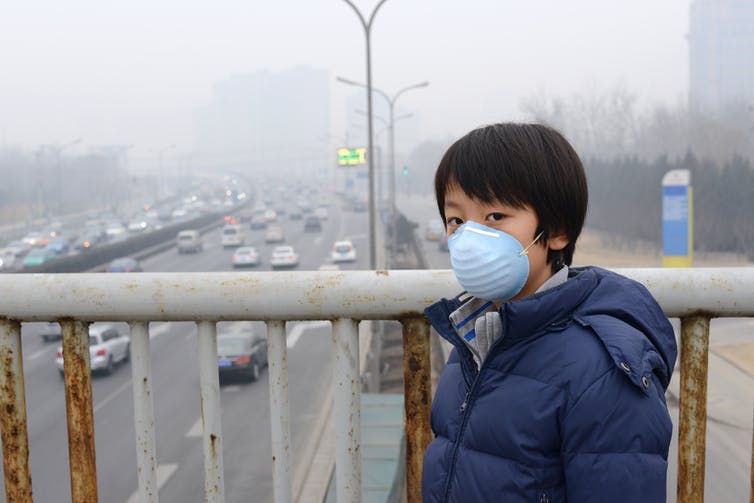 WATER USE
WATER USE
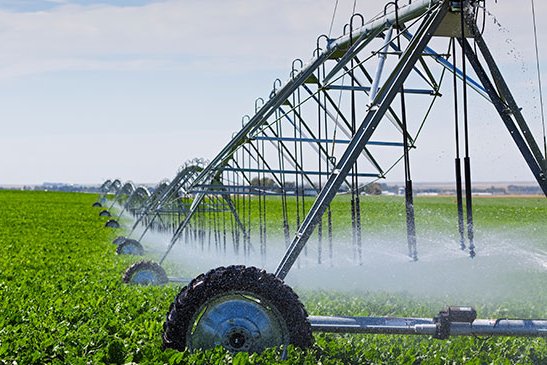 LANDFILL
LANDFILL
 FLOODS
FLOODS

|
GHGs
 POLLUTION
POLLUTION
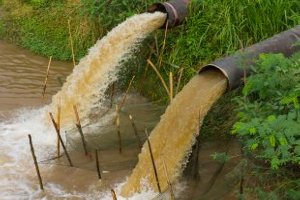 PLASTIC
PLASTIC
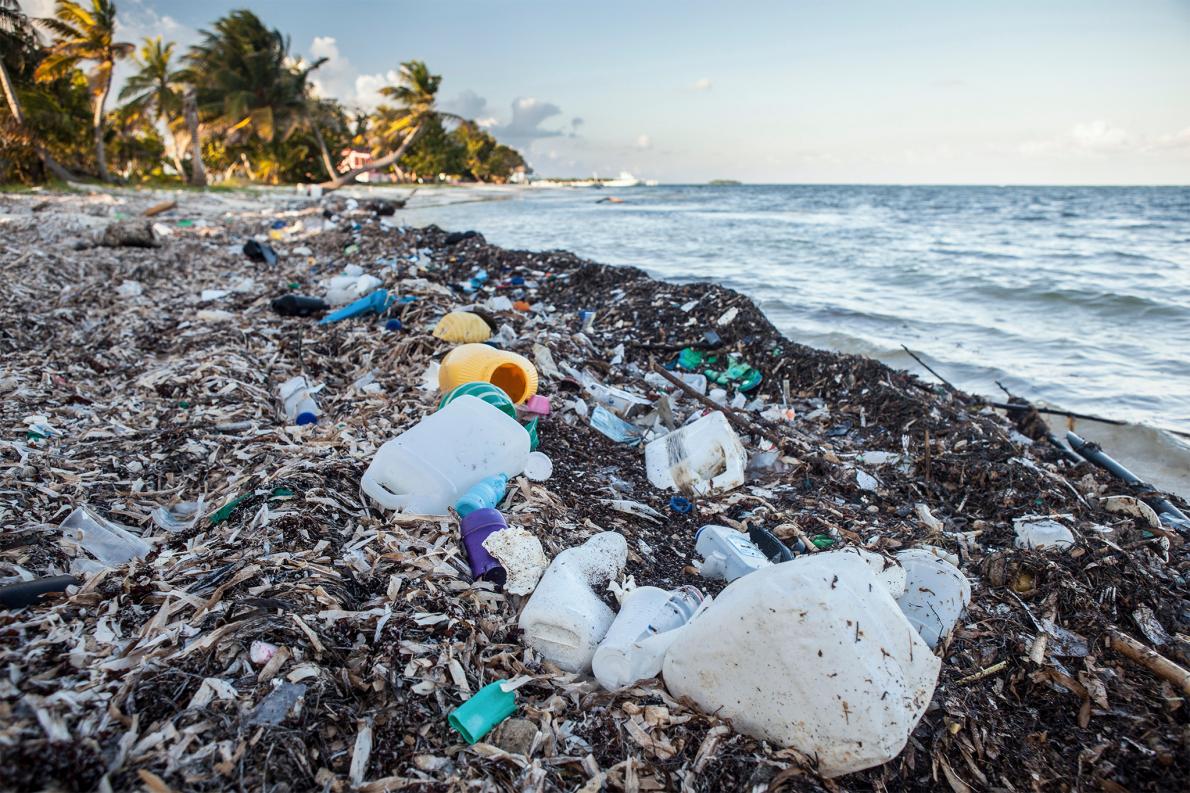 HURRICANES
HURRICANES
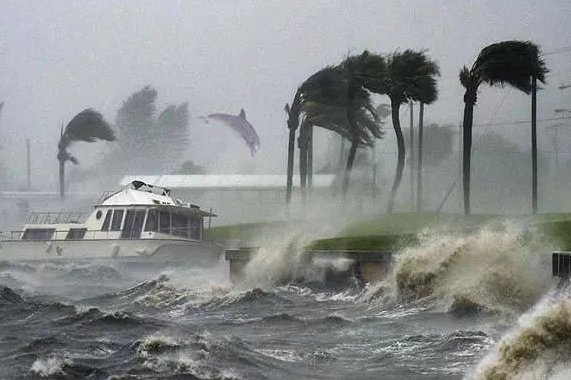
|
The modern economy produces a massive amount of waste. There is waste at every stage of the produce life cycle, and the costs of this waste are ignored in conventional financial management accounting.
Industry has a history of doing the minimum to reduce air pollution both as regards human health and the impact on the environment.
Agriculture and industry are using more water than the natural replenishment, and there are massive flows of polluted water into most major watersheds
Industry has also embraced the use of plastic ... including single use plastic ... without doing much about the way the plastic pollutes both land and seas and kills wildlife.
In addition industry has had little interest in ensuring that important ecosystems remain viable, both as regards biodiversity and also climate stability. Many scientists now consider that the climate situation has morphed into a climate crisis.
|
PRODUCTS ARE THE LIFE-BLOOD OF THE SOCIO-ENVIR0-ECONOMIC SYSTEM
... SUPPORT QUALITY OF LIFE
... ENABLE PROFIT OPPORTUNITIES
... BUT HAVE NEGATIVE IMPACT ON THE ENVIRONMENT
Whether they are 'NET GOOD' or 'NET BAD' depends on a multitude of factors
NET-NET ... THE WAY PRODUCTS ARE PRODUCED AND CONSUMED TODAY, THE SYSTEM IS UNSUSTAINABLE. IF THE POPULATION OF THE WHOLE WORLD CONSUMED THE WAY AMERICANS CONSUME, THERE WOULD NEED TO BE FIVE (5) PLANETS!
|
Overview OF PRODUCT
Probably more than anything else, it is PRODUCT ... goods and services ... that enables quality of life. For most of history, product was scarce because knowledge and productivity was low, but in the past 300 years, there has been amazing technological progress and in the 21st century there is the capacity to make a huge amount of product which in turn can support a good quality of life for everyone.
The downside of this is that the manufacturing processes do damage to the environment, and the management of organizations focus on products that are profitabille for the organization much more than those that are best for consumers.
In the end it is through product choices ... what to buy or not ... that people are going to have the most impact on the decisions of organizations and in turn on the overall socio-enviro-economic system. When people change their behavior with respect to product, then everything else will change.
The main metric for decision making (buy or not to buy) is price and quality. There is little or no information about the impact that manufacturing the product has had on society and the environment during its flow through the supply chain. There is little or no information about the impact of the product during its use, and what happens to the product in the post-use waste cycle.
|
PRODUCT flowing through the system
Product is shorthand for both goods and services. People need product to maintain and improve their quality of life and their standard of living. In the end the purpose of all economic activity is to improve quality of life and standard of living, it follows that product is a key to high performance of the socio-enviro-economic system.
The socio-enviro-economic system comprises:
- people ... a society of now more than 7 billion people
- the natural world ... nature's bounty ... the environment; and
- the economy ... a complex human built system of physical structures, business, governmental and social organizations and financial institutions.
Product to serve the needs of people originates with resources from the natural world, flows through processes in the man built environment and ends up serving the needs of people. After use the product has a post use waste chain that may well degrade the natural environment. The performance of a product is the amount of good that reaches people, relative to the amount of damage that is being done to the natural world.
There are very powerful metrics about the profit performance of business organizations in the man built environment and the accumulation of financial capital by people who are owners, but there are no metrics with similar power to measure the good that products do for people and the bad impact products have on the natural environment.
As a product flows through the supply chain, there is good that benefits employees and there is bad where the operations do damage to the environment and sometimes the employees. There is good when the operations in the supply chain fund pro-good activities and pay taxes to fund government services.
When the dominant metrics are all about profit and financial wealth, then over time all the big decisions get made in the interest of these metrics. We need to change the way the world keeps score in order to change the way the game is played!
|
PRODUCT as a source of profit
Product is the most important source of profit in the modern economy. The profit is optimized at every stage of the supply chain, during production and then in marketing, distribution and sales. More than anything else, the profit is increased by flowing more and more product through the system.
Advertising is used more than anything else to get consumers to buy more and more and more product.
Products are designed so that consumers are obliged to buy more product, either because there has been a style change designed into new products, or the products do not last very long ... everything is done by producers so that consumers buy more of the product.
The business community has paid very little attention to the issues arising in society and the issues associated with the environment. The conventional way of calculating profit and reporting profit means that externalities of this sort may be ignored and there has been massive damage done in society and to the environment by success in the consumption economy.
|
PRODUCT as an enabler of quality of life
Product is an important enabler of quality of life. There has been a strong correlation between the flow of product through an economy (using GDP as a proxy for this metric) and quality of life, but there is a point when there are diminishing returns. More product becomes less important and other factors become more important.
The design of a product makes a difference. Many companies have designed product so that they deliver the most of corporate profit paying less attention to the impact they have on the customer when they are used on the environment when they are being produced and again when they are discarded post-use. However, it is possoble to design products so that they have a good impact for the customer as they are used.
It has been said ... you are what you eat. Accordingly, eating healthy food results in improved wellness and quality of life
|
- PRODUCTS IMPACT PEOPLE AND ORGANIZATIONS AND NATURE
- PRODUCTS ARE THE LINK BETWEEN PEOPLE (CONSUMERS) AND THE PRODUCTION ECONOMY
- THE FLOW OF PRODUCTS FROM PRODUCTION TO CONSUMPTION DEGRADES THE ENVIRONMENT
|
|

